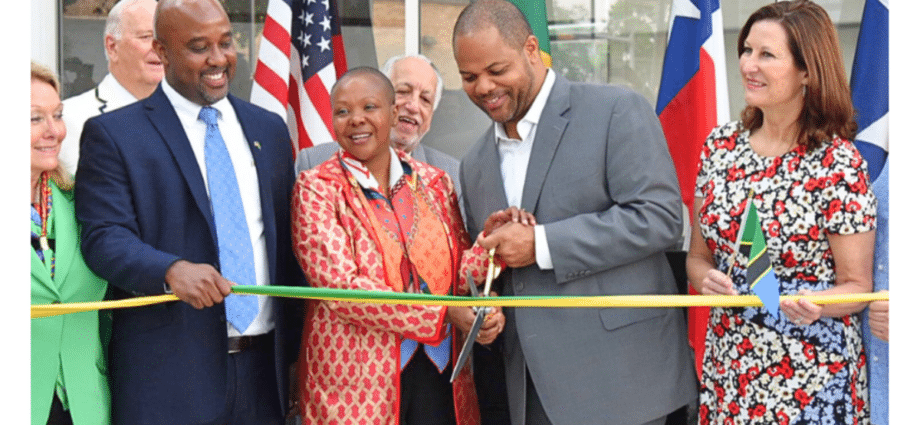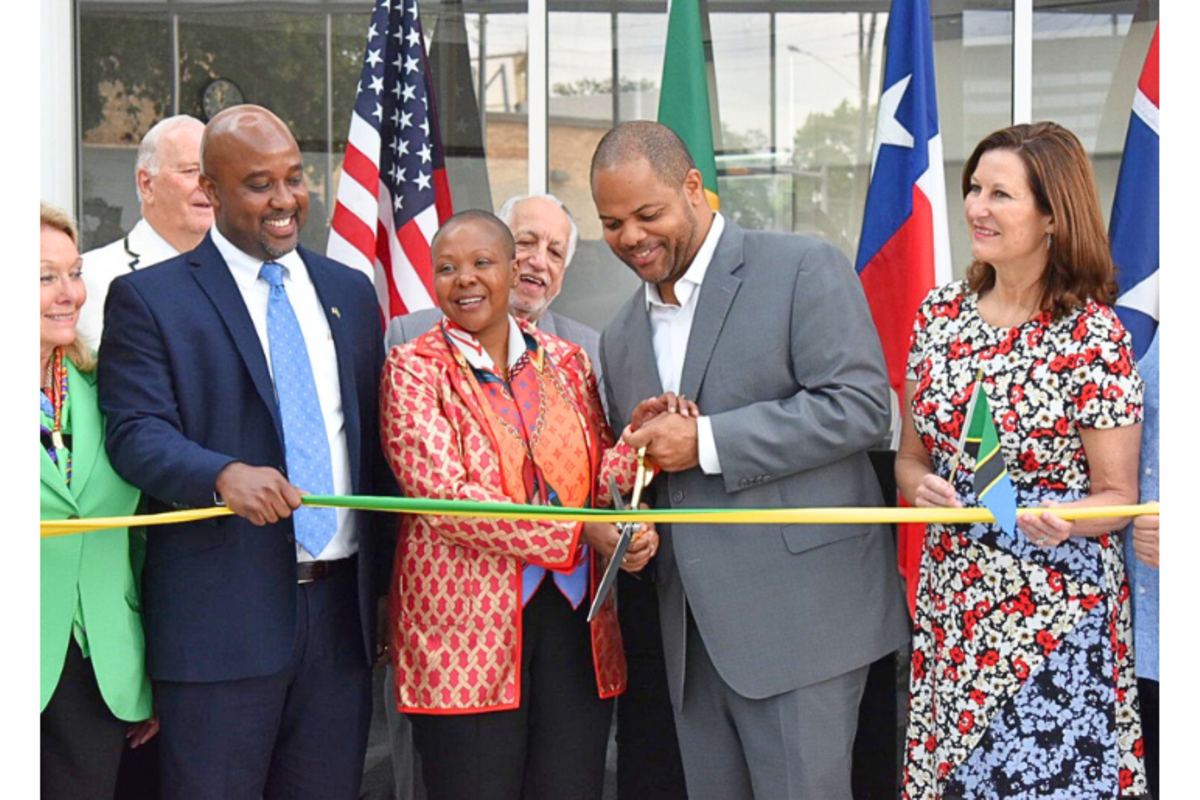Dar es Salaam. A newly launched Tanzanian American Chamber of Commerce office in North Dallas is looking to mobilize investments from the USA in Tanzania’s critical minerals, including graphite and lithium, that are globally sought for electric cars.
The Chamber was launched by Dallas Mayor Eric Johnson.
The Tanzanian American Chamber of Commerce President and CEO, Ben Kazora, told The Citizen that they will, among other things, work to promote U.S.-Tanzanian trade and tourism and bolster the city’s foreign relations credentials.
“This is purely private sector; we will mobilize US investors to invest in Tanzania as well as advocate for friendly policies in Tanzania.
Given this, he said they work on mobilizing investment in Tanzanian critical minerals that are globally sought for electric cars.
Research has shown that Tanzania has huge potential in those minerals, especially as its reserves of lithium are second in the world and graphite deposits are fifth worldwide.
He noted that they are also looking to promote the Africa Growth and Opportunity Act (AGOA), which Tanzania has not taken advantage of.
“We aim to promote Tanzanians to improve goods and services to meet American standards,” he said.
He said that they also aim to promote tourism.
Meanwhile, the Dallas Mayor said the relationship with Tanzania and Africa as a whole has been one of their most important international relationships.
“Dallas is home to some of the largest African immigrant communities in the United States,” he said.
He underscored Dallas’ pivotal role in fostering robust trade and commerce, particularly in the context of U.S.-Africa relations, further solidifying the city’s reputation as a global business hub.
He said his goal was to bring more foreign businesses to Dallas and make it an international hub for business and trade.
On her part, Jeanne Phillips, the chair of the Mayor’s International Advisory Council, said the Tanzanian American Chamber had been in the works for a while. She said she was honoured to be tasked with helping on the project, noting that she and her team continue to work to make more international connections for the city.
“So we’ve been working towards that end,” Phillips said. “Just a little preview: I think you will see, in the next three years, more of these trade offices opening, and we’re very, very excited about that.”
Ambassador Elsie Kanza, from the Embassy of Tanzania in the United States of America, thanked Mayor Johnson for the initiative.
“What a journey it has been, as my brother Mayor Johnson articulated at the outset. On behalf of the government of Tanzania, I would like to express my profound gratitude to Mayor Eric Johnson of the City of Dallas for extending this invitation to Tanzania to join this visionary initiative,” Kanza said.















